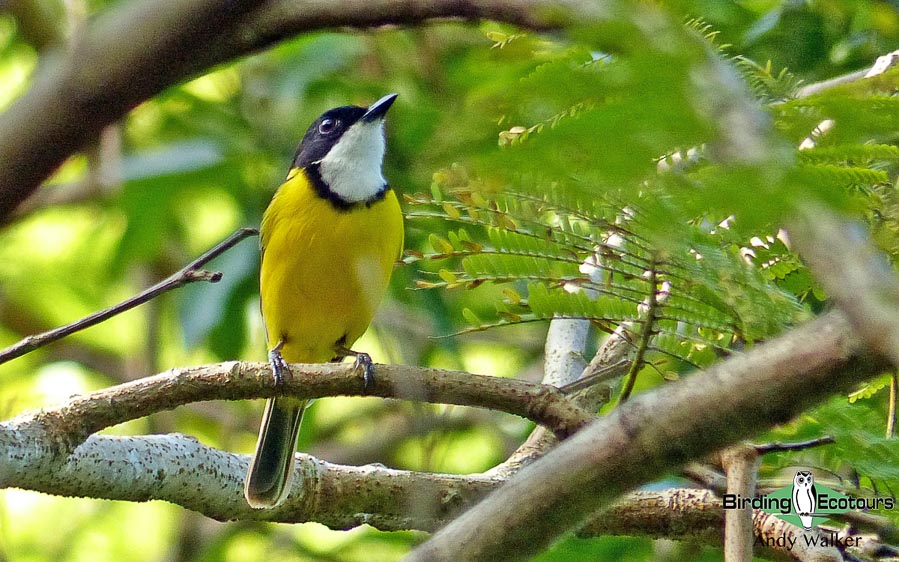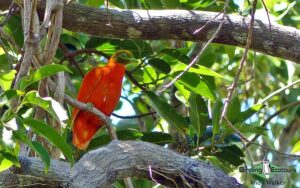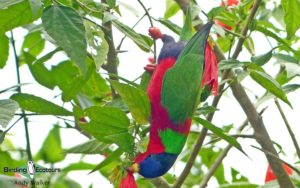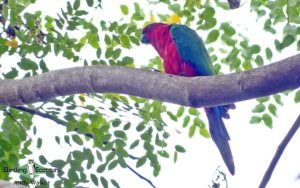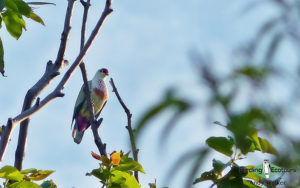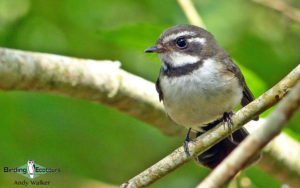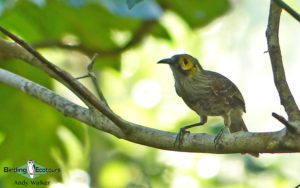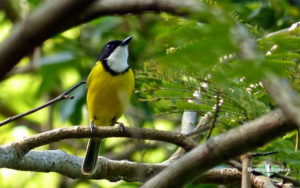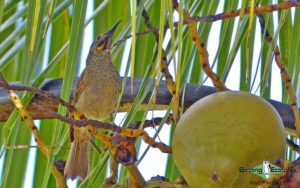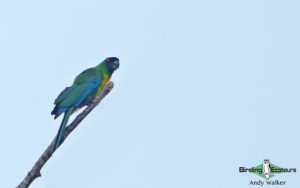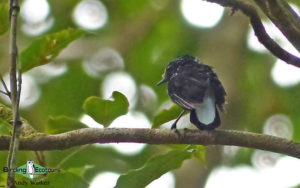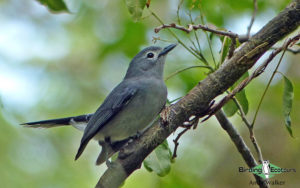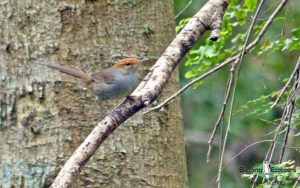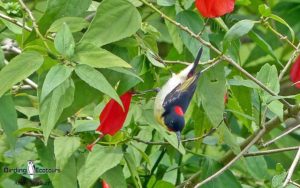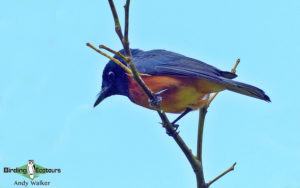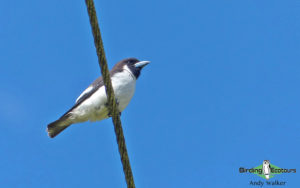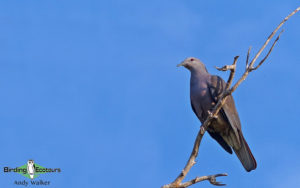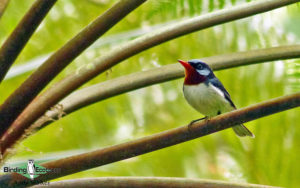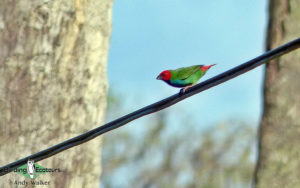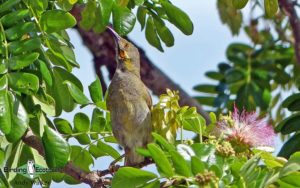Fiji Birding Tours
Our Fiji birding tours form part of our Fiji and Samoa Pacific islands birding tours, which visits Fiji and Samoa. This tour targets many endemic birds found in Fiji’s and Samoa Our Fiji birding tours spend time birding on Viti Levu, Taveuni, and Kadavu, three islands that will allow us a chance to find almost all the country’s bird endemics. The Republic of Fiji (“Fiji” hereafter) is an archipelagic country in Melanesia, part of Oceania in the South Pacific Ocean. The archipelago stretches across 620 miles (1,000 kilometers) from east to west and consists of approximately 330 islands and 500 islets (not all inhabited). Fiji is situated approximately 1,957 miles (3,150 kilometers) east of Australia, 800 miles (1,300 kilometers) to the east of Grande Terre, New Caledonia and 1,300 miles (2,000 kilometers) northeast of New Zealand. The most populous (and largest) Fijian islands are Viti Levu, home to the capital city, Suva, in the southeast and another major city, Nadi, in the west, and the island Vanua Levu. Many of Fiji’s islands are uninhabitable due to their mountainous nature.
The majority of Fiji’s islands formed through volcanic activity commencing around 150 million years ago. Humans have resided in Fiji for many thousands of years, firstly Austronesians (including Lapita people) before or around 3,500 to 1,000 BC, and about one thousand years later Melanesians, with some Polynesian influences. Abel Tasman, the Dutch explorer (who was the first to discover New Zealand in 1642), was the first known European visitor to Fiji (the northern islands) in 1643. In 1774 Captain James Cook, the British explorer, discovered the southern islands (in the same year he also discovered New Caledonia). However, it was not until Captain William Bligh (of the famous “Mutiny on the Bounty”) arrived in 1789 that the islands were charted and plotted, for a brief time the islands carried his name, the Bligh Islands. Now the strait between Viti Levu and Vanua Levu are named after him: Bligh Water. Britain established the Colony of Fiji in 1874, until it gained independence in 1970 as the Dominion of Fiji. In 1987 it became the Republic of Fiji. A large Indian population exists on the islands due to indentured laborers brought over from India to work in the sugarcane plantations.
Read More About Fiji
Fiji possesses a tropical maritime climate with warm year-round temperatures that vary little. Rainfall is variable, but the warm season experiences higher levels, especially inland. Being formed by volcanic activity, it is no surprise that the majority of Fiji is mountainous. The highest peak in the archipelago is Mount Tomanivi, on Viti Levu, which reaches a peak of 4,341 feet (1,324 meters). Many of the mountains are cloaked in dense tropical forest, such as Fiji tropical moist forest on the windward side of the islands (which contains lowland rainforest, montane rainforest, and cloud forest) and Fiji tropical dry forest on the leeward side of the islands. Farmland and sugarcane plantations are common sights in the lowlands and the beaches are generally beautiful, coconut-fringed, and idyllic.
Following International Ornithological Congress (IOC) taxonomy, v14.1 (July 2024), the bird list of Fiji is 182 species. A total of 31 endemic birds are present in the country, though one (Bar-winged Rail) is considered extinct. Six endemic species are considered globally threatened on the IUCN Red List, including the rare and Critically Endangered Fiji Petrel(BirdLife International). Some of the highlight endemic birds of Fiji belong to the pigeon and parrot families and include some of the best-looking pigeons on the planet, namely Orange Dove, Golden Dove, and Whistling Dove, along with the spectacular parrots: Crimson Shining Parrot, Masked Shining Parrot, Maroon Shining Parrot, Red-throated Lorikeet (considered Critically Endangered by BirdLife International), and Collared Lory.
The list of endemics is long and includes Barking Imperial Pigeon, Fiji Goshawk, Rotuma Myzomela, Sulphur-breasted Myzomela, Yellow-billed Honeyeater, Giant Honeyeater, Kikau (a honeyeater), Kadavu Honeyeater, Fiji Woodswallow, Kadavu Fantail, Taveuni Silktail, Natewa Silktail, Ogea Monarch, Slaty Monarch, Black-throated Shrikebill, Azure-crested Flycatcher, Fiji Bush Warbler, Long-legged Thicketbird, Fiji White-eye, Fiji Parrotfinch, and Pink-billed Parrotfinch. In the wake of recent IOC updates (July 2024), Fiji’s list of endemic species is set to increase with the split of Island Thrush into more than 15 species, making the Fiji Island Thrush likely to become a new country endemic. Additionally, in the same IOC update, Fiji Whistler has recently been split into the endemic White-throated Fiji Whistler, and near-endemic Yellow-throated Fiji Whistler. The Fijian islands area also home to many excellent birds found in the wider Pacific region, like Pacific Kingfisher, Polynesian Wattled Honeyeater, Fiji Wattled Honeyeater, Fiji Shrikebill, Vanikoro Flycatcher, Polynesian Starling, and Pacific Robin, as well as a long list of rare seabirds
Fiji not only offers amazing birds and birdwatching, but also provides some of the most scenically beautiful places in the world. Many of the islands are so idyllic it will prove difficult to pull oneself away from the excellent and luxurious Fiji beach resorts!
Download Fiji Itineraries
Fiji and Samoa: Pacific Birding Adventure August 2025/2026
